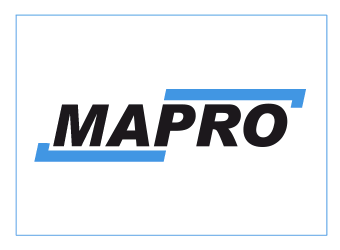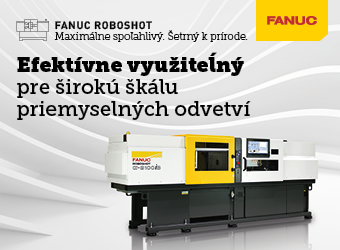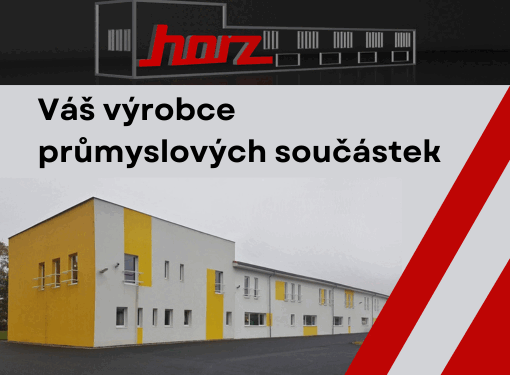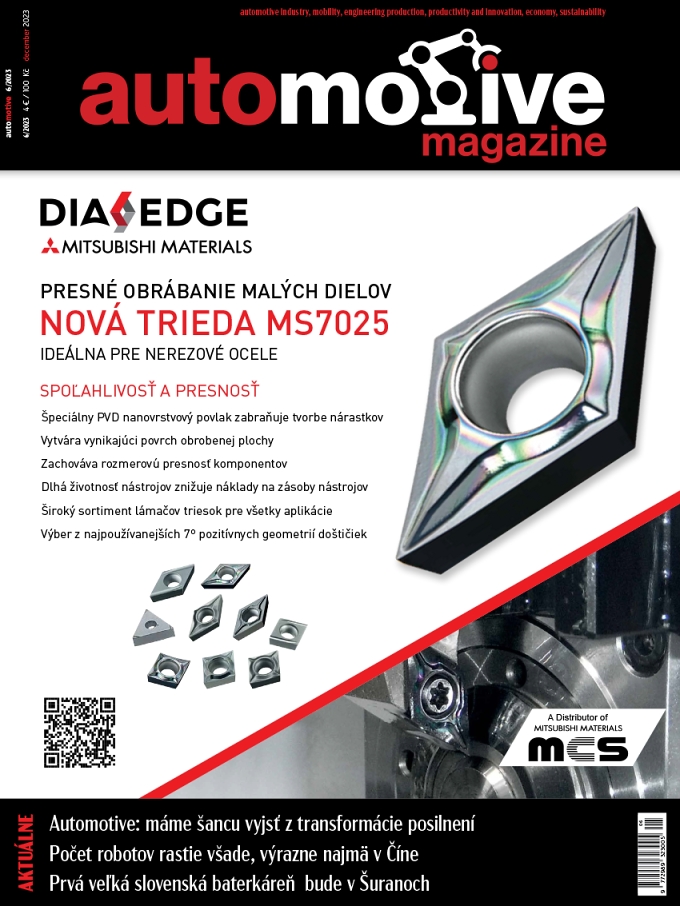Ultrasound or spin welding? That is the question
We often ask which technology we should use for thermoplastic welding, and we frequently find ourselves at odds over the choice of one or more welding techniques. Here we look at what distinguishes ultrasound welding from spin welding, briefly outlining the two technologies and highlighting their differences.
1. Ultrasound welding: a fast, precise method for joining thermoplastics
Ultrasound welding is, in physical terms, a mechanical vibration between 15 and 50 kHz with variable width depending on the thermoplastic material being assembled. It is generally between 20 and 100 micron peak/peak. This intense vibration is applied to weld pieces subject to a variable normal load. The resonator stack causes the weld parts to vibrate, and consists of the transducer and the booster with the sonotrode attached at its end. It works on the thermoplastic parts and creates intense and progressive intermolecular friction that leads to a local increase in temperature. This temperature increase causes the fusion of a clearly defined area (welding interface) which, under the action of a constant force, pushes the two parts to combine, penetrating one into the other.
Ultrasound welding enables a safe, long-lasting joining of different products, including products with a long useful life.
2. Spin welding: the best technique for circular weld parts.
In spin welding, as the name implies, the heat needed for welding is produced by a spinning movement, combined with applied pressure. This process is only suitable for welding circular parts. If the parts are different lengths, it is better for the shorter one to spin, in order to limit the moving mass volume. The decisive factors for this technology are the geometry of the parts, type of production, and budget available.Because only few mechanical parts are needed, the user can even build the auxiliaries by himself.
Spin welding is the ideal method for assembling pieces which are circular or which can freely spin on their axis.
Technological comparison:
Advantages of ultrasound welding:
- Repeatable and extremely rapid technology. In some cases, a few tenths of a second
- Does not cause heat damage to the material
- Excellent mechanical and aesthetic properties of the welded parts
- The welded parts can be used immediately
- Excellent tightness for seals can be obtained
- Wide use in many applications is possible
- The production process can be automated
- Excellent cost/application ratio
- Very low energy consumption
Disadvantages of ultrasound welding:
- The material must be rigid to transmit ultrasound energy without too much dissipation
- Welding parts with complex geometry is difficult
- Welding large pieces is difficult unless a special, costly welder is used
- Damage can occur to thin wall parts
- Parts with thin sections can break
- The weld joint demands more careful study
Advantages of spin welding:
- Repeatable and extremely rapid technology. In some cases, a few tenths of a second.
- the investment required to obtain the same output is lower with spin welding than with ultrasound;
- construction of the machinery poses no particular difficulties;
- the process is based on physical principles that can be universally and fully understood. When the tools and the welding conditions have been selected correctly, the results can only be optimized by adjusting a single factor: speed;
- there is much more freedom in the design of parts and there is no need to worry about designing the edges, pins or fins that can break off. Shaped metal parts cannot come loose and damage pre-assembled mechanical parts;
- very delicate parts can be welded with high precision angular positioning;
- tightness of the welded pieces. The two surfaces join with strong penetration of the materials in the friction area;
- excellent mechanical and aesthetic properties for the welded parts. The welded parts can be used immediately.
Disadvantages of spin welding
- Circular parts exclusively can be welded;
- Very thin parts are difficult to weld.
- autor:
- WITECH PLAST s.r.o.









.jpg)












